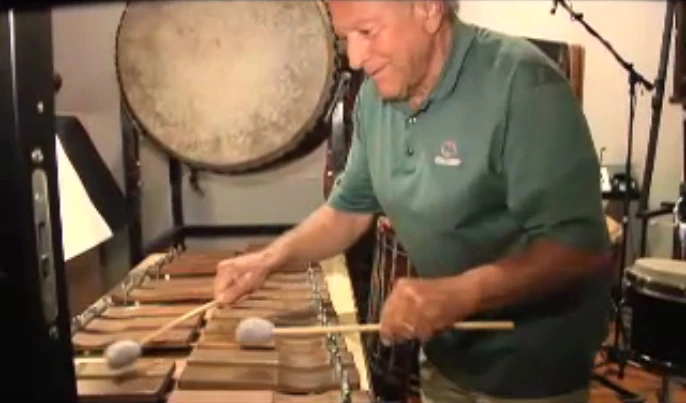The Flapamba Principle
Years ago I had the opportunity to work on a session with legendary percussionist Emil Richards. He came to the studio to record for a film score. He had all kinds of crazy instruments that he brought and played for the various music cues. The most memorable for me looked like an ice cream cart with a marimba on top, called a Flapamba.

Once we started recording the Flapamba, a discussion began in the control room about a squeaking sound that could be heard every time he played a certain note. There was a loose nail in one of the bars, and depending on the angle of his strike, it would squeak against that loose nail. Sometimes the squeak was loud and obvious, other times it was less noticeable. We concluded that once a listener heard it obviously, they would be distracted, listening for it the rest of the time. In between takes Emil was kindly notified that the Flapamba was making this occasional noise and asked what he might be willing to do about it. He answered that he was not going to fix the problem, that in his opinion, it should have that audible squeak.
This response caused some cognitive dissonance. We figured he didn’t notice the noise, and asked him to fix it reluctantly because we didn’t want to cast doubt on his ability to hear what he was doing. But for him to say that he not only heard it, but also wasn’t going to do anything to get rid of it, that was very confusing. So someone was bold enough to ask him why he wanted that squeak to remain. He replied, “That’s how you know it’s not a keyboard.”
I began to think through this idea, that keeping the flaw helped reveal the authenticity of the instrument. We didn’t hire a keyboard player, we hired a percussionist, and then asked him to play the score on acoustic instruments. For Emil, that squeaky note was sonic proof that listeners were getting a real, acoustic Flapamba.
There have been times since that session when I have identified some aspect of a project as undesirable. On my better days, I remember Emil’s words and ask myself if the current “squeak” might be tied to the authenticity of the performance, story, etc. Sometimes I can find my way past perfection to accept something I initially wanted to remove as a necessary part of what helped make the whole. A few times, I have come around to the idea that the very thing I wanted to eliminate is actually the best part. That’s what I call The Flapamba Principle: an intentional embrace of flaws to make things better.

Leave a comment